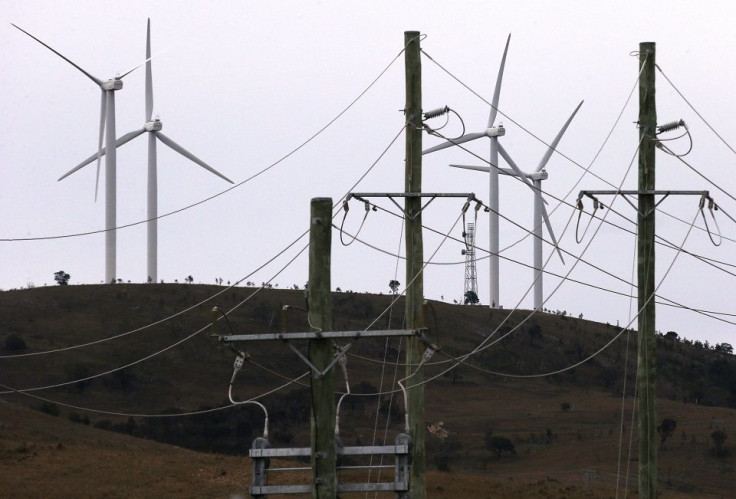SA, Tasmania and ACT leading the renewables race: Climate Council

A new report from the Climate Council released on Thursday reveals the states and territories that serve as the driving force behind Australia’s transition to affordable, efficient and clean storage technology and renewable energy. South Australia, Tasmania and the Australian Capital Territory are leading the race.
The report titled “Renewables Ready: States Leading the Charge” has found that most of Australia’s states and territories now have strong renewable energy targets. The majority of Australia also have net zero emissions targets in place.
“Every state and territory, with exception of Western Australia, is taking energy and climate policy into their own hands, with strong renewable energy targets or net zero emissions targets in place,” Climate Councillor and veteran energy expert Andrew Stock said, according to a media release from the Climate Council. He added that some states and territories that were previously lagging are now joining the progress across the nation. These include the NT, NSW and WA.
Greg Bourne, Climate Councillor and former President of BP Australasia, said Aussies are already embracing solar energy in droves. Over 5.6GW are generated on the rooftops of 1.7 million homes. “Australia is one of the sunniest countries in the world, so it’s no surprise we’ve already rolled out enough solar to power the lights at the MCG every day for 20,000 years,” he said.
Energy sector veteran Andrew Stock, who oversaw huge project developments, said that the new report shows that Australian states and territories are tackling climate change. He added that if the nation’s clean energy future was the Melbourne Cup, the states and territories are “racing ahead and surging towards the home stretch.” Stock oversaw the last three large gas power stations on the east coast.
Other key findings of the report include TAS, SA and the ACT still leading on percentage renewable electricity. Meanwhile, SA, TAS and the ACT see the most renewable energy capacity per capita (excluding large-hydro).
State and territory targets and announced coal closures are expected to deliver the nation’s 2030 emissions reduction target of 26-28 percent reduction on 2005 levels. QLD and NSW are both tipped for a rise in renewable energy with the greatest capacity and number of projects under construction this year.
Households in QLD, SA and WA are still leading in the proportion of homes with rooftop solar. The world’s largest lithium ion battery storage facility will soon stand in SA.
Democracy Now/YouTube





















